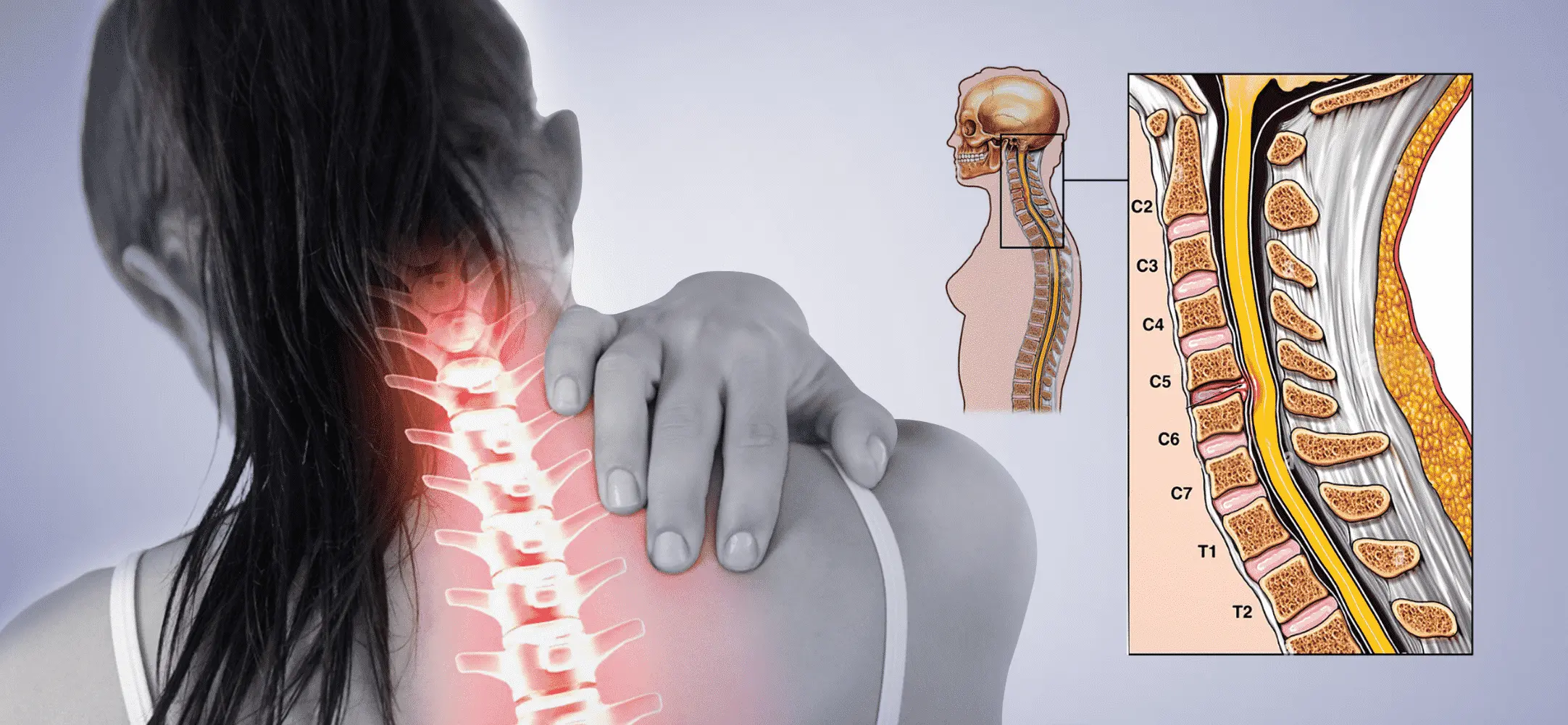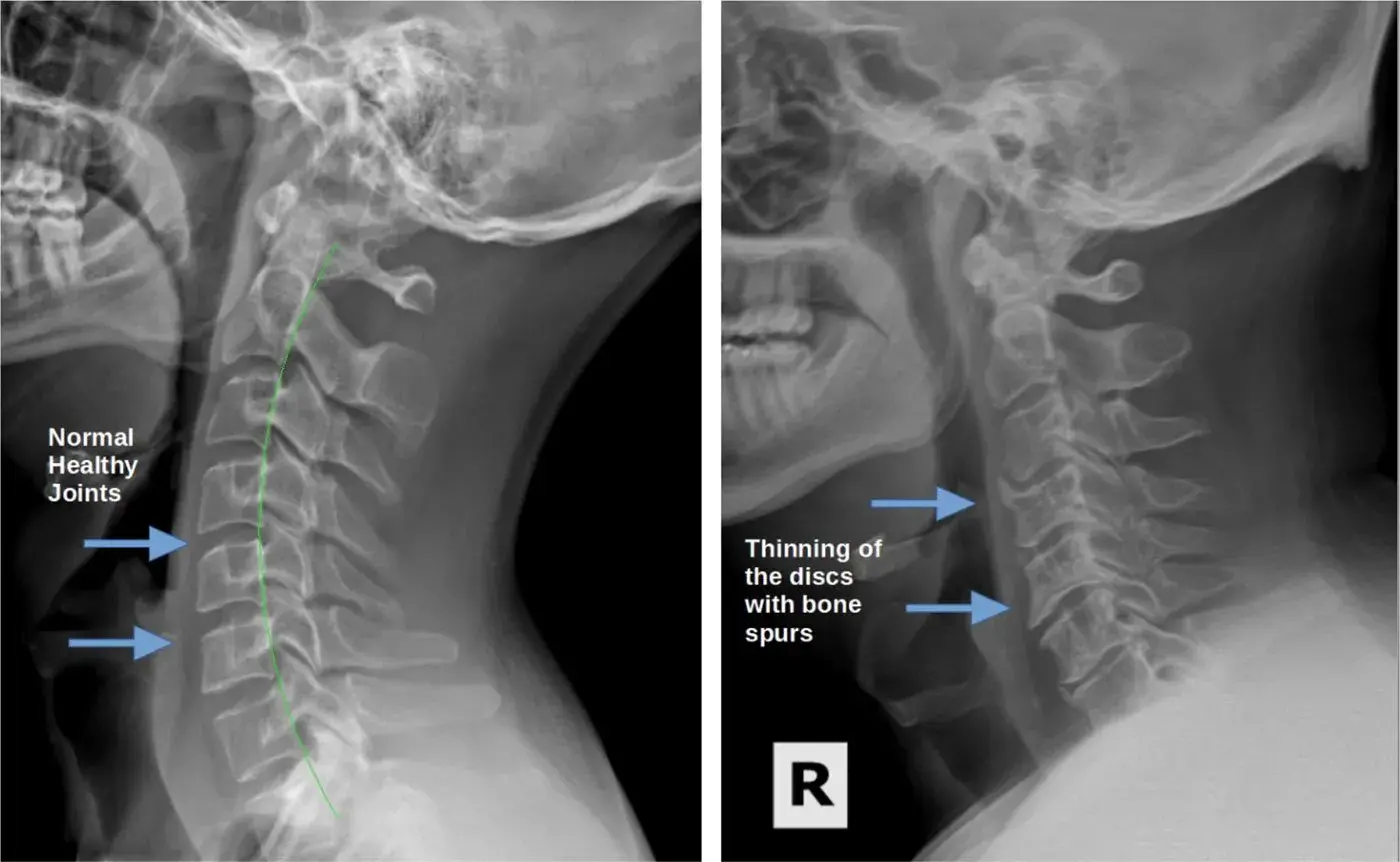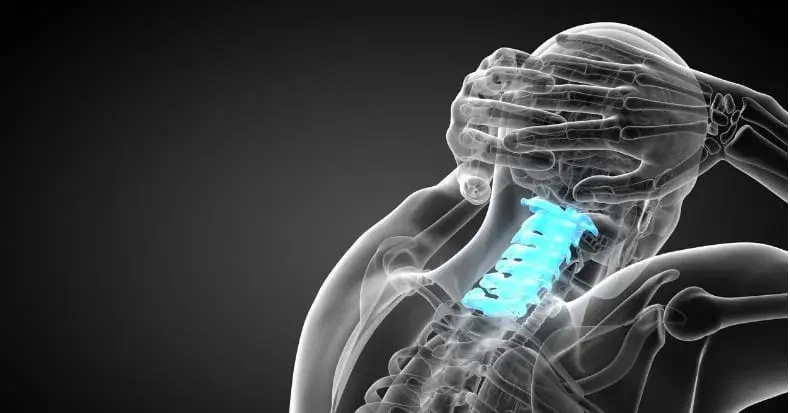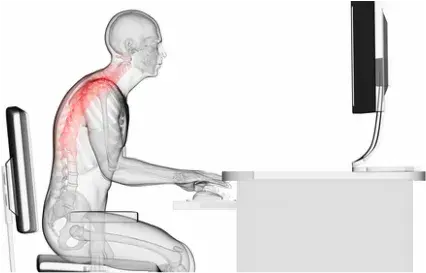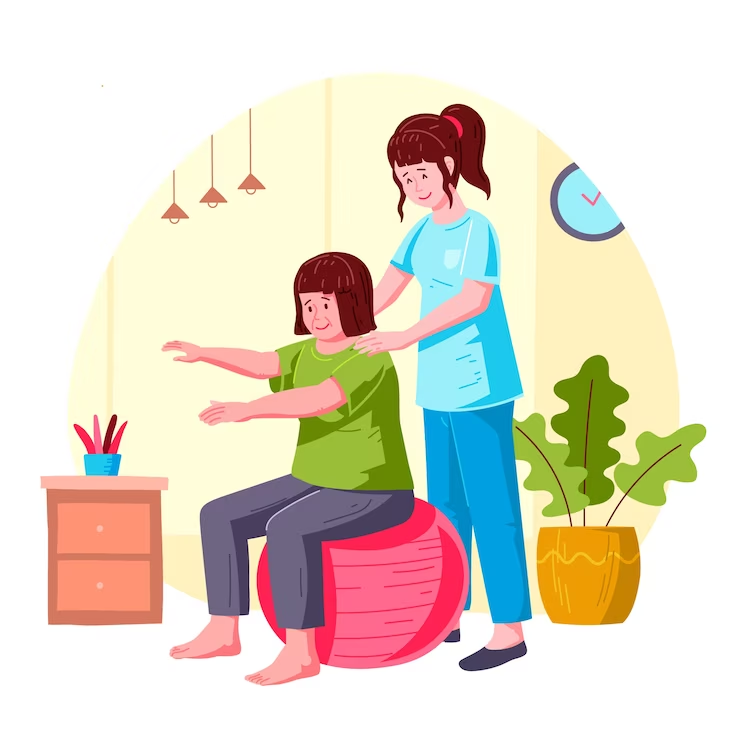
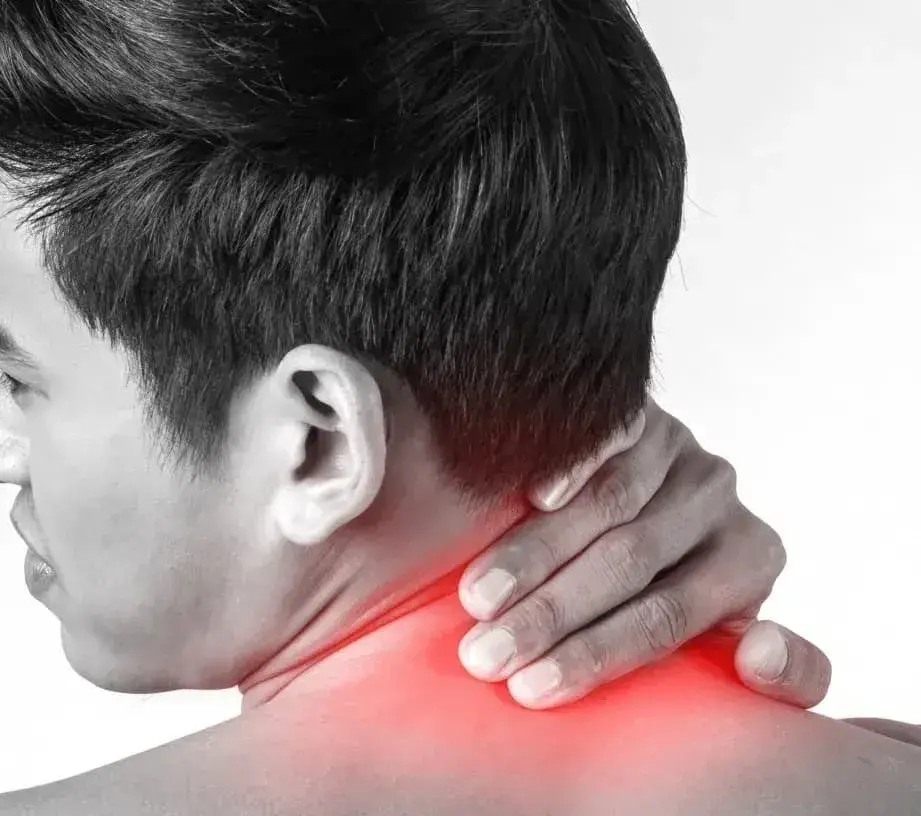
Neck pain is a common complaint that can range from mild discomfort to severe pain, limiting mobility and affecting daily activities. Understanding the causes, symptoms, and treatment options is essential for managing neck pain effectively.Neck pain is frequently experienced and can vary in intensity, impacting one's ability to move comfortably and perform daily tasks. It can arise from various factors, including muscle strains, poor posture, injury, or underlying conditions like arthritis. Symptoms may include stiffness, headaches, and radiating pain. Treatment approaches encompass self-care measures, such as rest, heat or cold therapy, gentle exercises, as well as medical interventions like pain medications, physical therapy, or in severe cases, surgery. Proper diagnosis and consultation with healthcare professionals are important for appropriate management of neck pain.

